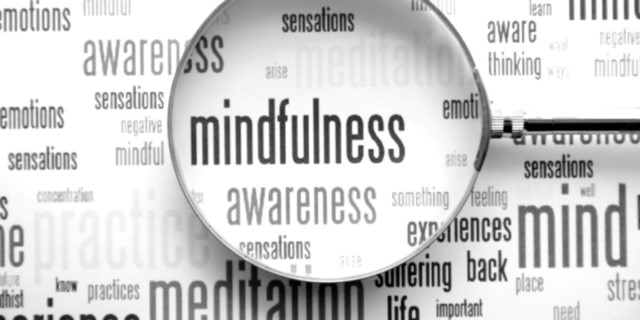In today’s fast-paced world, our minds often race ahead of us, dwelling on the past or worrying about the future. We rarely take the time to truly engage with the present moment. Mindful noticing is a practice that encourages us to slow down, observe, and immerse ourselves in the richness of the here and now. In this article, we’ll explore the concept of mindful noticing, its benefits, and practical ways to incorporate it into your daily life.
What is Mindful Noticing?
Mindful noticing is a mindfulness technique that involves paying deliberate attention to the details of your immediate experience. It’s about observing the world around you and your inner thoughts and feelings without judgment. By doing so, you can enhance your awareness and gain a deeper understanding of your surroundings and yourself.
Mindful noticing offers many benefits for individuals seeking to enhance their mental and emotional well-being. By consciously and non-judgmentally observing our thoughts, feelings, bodily sensations and surroundings, we can cultivate a heightened sense of self-awareness. This practice allows us to break free from the autopilot mode that often governs our lives, promoting greater clarity and focus in our daily experiences. Mindful noticing encourages us to fully engage with the present moment, fostering a deeper appreciation for the beauty and intricacies of our surroundings. Moreover, it can alleviate stress and anxiety as we learn to detach from worrisome thoughts and ground ourselves in the here and now. Over time, mindful noticing can empower us to make more deliberate choices, improve our relationships, and develop a greater sense of inner peace and resilience in the face of life’s challenges. It is a transformative tool that empowers us to lead more enriching and meaningful lives.
How Do You Start Practicing Mindful Noticing?
We say ‘keep it simple’, start by choosing whether you want to do an internal or external mindful practice. In other words, do you want to focus your attention on the world around you, or focus within your yourself? External mindfulness can be particularly useful when we have a ‘busy mind’ and are caught up in ruminating, in other words the need to ‘get out of your own head!’. Typically, what will happen is we will focus on an external object, or sound and quickly find ourselves back in our own head chatting away about worries, that’s fine, but we would then ‘notice’ that, and move our attention back to the external stimuli. Mindfulness is less about the ability to keep your attention in one place, it is about developing the capacity to choose where to focus your attention when you notice it is not where you want it to be.
Internal mindfulness can assist us to observe and notice the subtle changes and signals that are going on within our thoughts, emotions and bodily sensations on a moment to moment basis that are all influencing our behavioural decisions. This is particularly useful if we are highly reactive, or find we libe in auto-pilot a lot of the time, or feel very disconnected from our selves and don’ts know what we think or feel.
Practicing External Mindfulness
The below are some exercises that can be useful in developing our capacity for external mindfulness enabling us to be in the present moment and our surroundings rather than losing ourselves in the content of our minds.
1. Start with Your Senses: Begin by tuning into your senses. Observe the sights, sounds, smells, tastes, and textures around you. Notice the subtleties that you might typically ignore.
2. Daily Routine Mindfulness: Incorporate mindful noticing into your daily routines. Whether it’s savoring your morning coffee, taking a mindful walk, or paying attention while doing household chores, find moments to be fully present.
3. Mindful Eating: When you eat, take the time to savor each bite. Notice the flavors, textures, and sensations as you chew. Avoid distractions like TV or smartphones.
4. Mindful Listening: When someone is speaking to you, practice active listening. Give them your full attention, without interrupting or planning your response in advance.
5. Mindful Journaling: Keep a journal to document your mindful noticing experiences. Write down what you observed, how it made you feel, and any insights you gained.
Practicing Internal Mindfulness
- Practice Mindful Breathing: Take a few minutes each day to focus on your breath. Pay attention to the sensation of each inhale and exhale. When your mind wanders, gently bring your focus back to your breath.
- Try out our worksheet on ‘Mindful Noticing’ and log your internal mindfulness for at least seven days – what did you notice? >> FREE Resource Below<<
- Mindful Question. Ask yourself a question and close your eyes, can you ‘listen’ for a response from deep within you? Can you tell the difference between the part of you that shouts from emotion, the part that says the answer it ‘thinks’ is right, and then the deep down answer that is really true for you?
Mindful noticing is a powerful practice that can transform the way you experience life. By cultivating a deeper connection with the present moment, you can reduce stress, enhance your relationships, and find greater fulfillment in everyday experiences. Remember that mindfulness is a skill that develops with practice, so be patient with yourself as you embark on this journey of self-discovery and presence. Start today, and you’ll find that the beauty of life often lies in the details we so often overlook.




